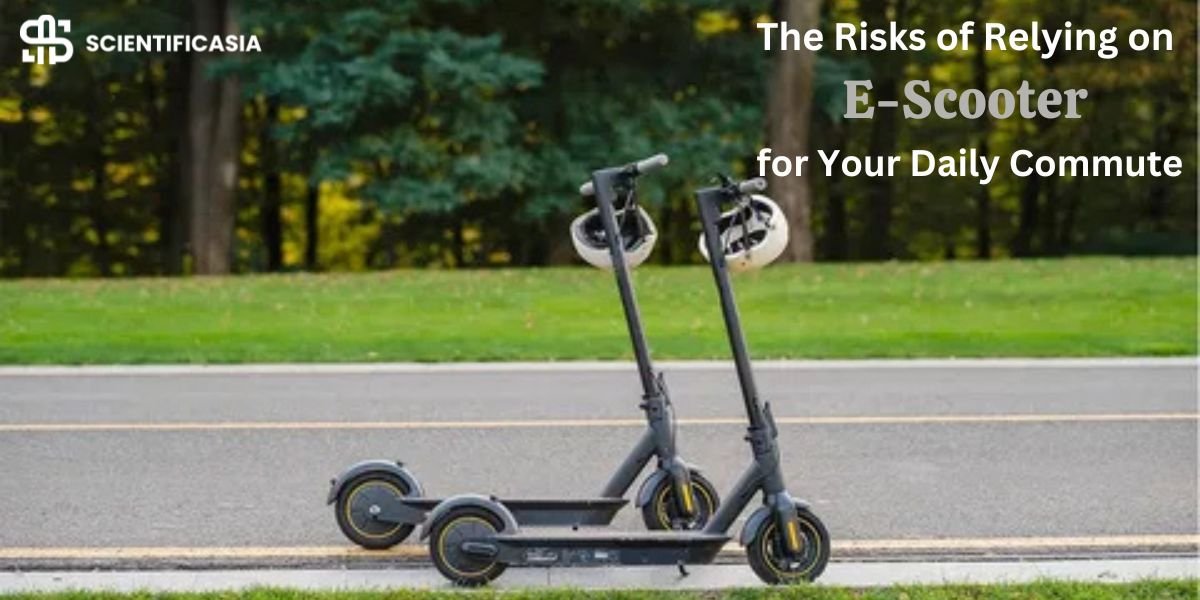E-scooters have caught on as a popular mode of transportation for navigating the city, zooming through traffic, cutting down commute times, and offering a cleaner alternative to automobiles. They look like the perfect solution for urban residents. But are they as dependable and safe as they look?
Beneath all that convenience, there are some risks that many riders might not consider. From sudden accidents to issues with infrastructure, depending on an e-scooter for your daily travels can lead to some surprising challenges. If someone has been hurt while riding an e-bike or an e-scooter, it is important to consult with a legal professional.
Because even a minor fall can lead to serious injuries and financial losses, you should also know the risks of using an e-scooter before buying one.
High Risks of Accidents
E-scooters are more vulnerable to road conditions than cars and motorcycles, making daily commuting risky.
Uneven pavement and potholes: Small wheels don’t absorb shocks well, leading to sudden jolts that can throw riders off balance.
Road debris and wet surfaces: At high speeds, loose gravel, leaves, or wet roads can cause you to skid and fall.
Blind spots for drivers: Many drivers aren’t used to looking out for e-scooters, so there’s a risk of collisions in driveways and intersections.
Hidden Costs That Add Up
E-scooters seem like a cheap commuting option, but the costs can creep up over time.
Expensive rentals: Pay-per-minute pricing can add up quickly, making frequent use more expensive than you thought.
Repair and maintenance: If you own one, maintenance costs for batteries, tires, and brakes can be high in the long term.
Fines and penalties: Many cities have strict e-scooter rules, and improper parking, speeding, or riding in restricted areas can lead to hefty fines.
Medical expenses: Without insurance, you’ll pay out of pocket for any accident-related medical costs.
Cities Aren’t Built for E-Scooters
In contrast to cars, e-scooters are in a gray area when it comes to city infrastructure. Riders frequently find themselves sharing spaces that were not created with them in mind.
⦁ No dedicated lanes: Bike lanes are too crowded, and sidewalks aren’t safe for high-speed scooters. Many riders end up on roads.
⦁ Rough terrain: Uneven pavement, tram tracks, and potholes can turn a simple ride into a hazard.
⦁ Parking confusion: With no clear place to park, e-scooters are left on sidewalks, which can result in fines or complaints.
A National Association of City Transportation Officials (NACTO) report highlights how inadequate city planning contributes to e-scooter accidents and injuries.
Limited Lighting Puts Riders at Risk
Most e-scooters aren’t designed for night riding, and terrible lights will increase the danger.
⦁ Weak headlights provide minimal illumination, making it hard to spot boundaries.
⦁ The lack of rear lighting fixtures and reflectors makes riders almost invisible to drivers.
Final Thoughts
E-scooters are great for a quick ride, but when it comes to daily commuting, their risks outweigh the rewards. For a safer, more reliable journey, it might be time to rethink your ride. And unfortunately, if an accident happens, reach out to a lawyer to hold the responsible party for the accident accountable and get the compensation you deserve.















